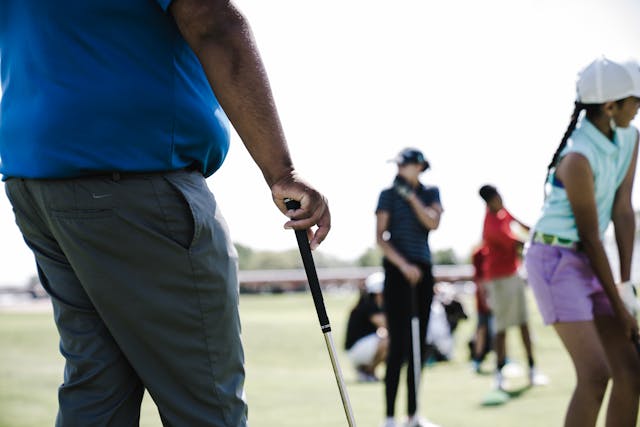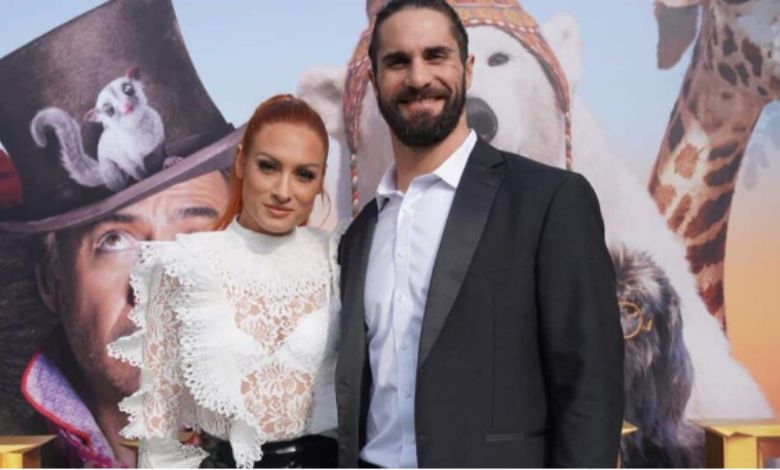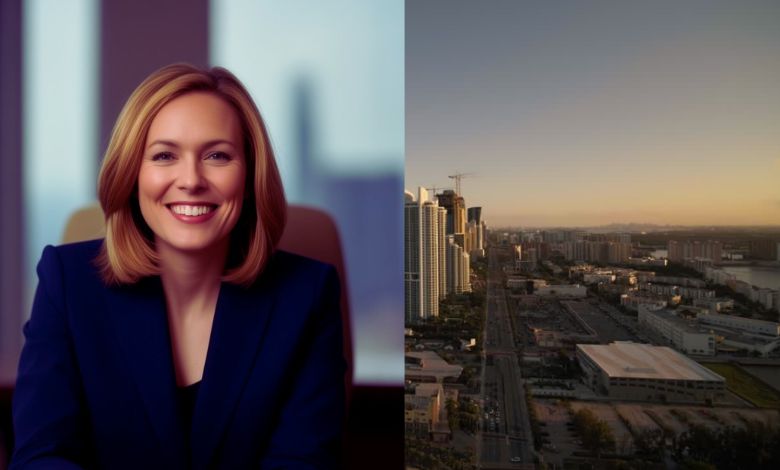Mito Pereira US Open qualifying withdrawal shocked fans. Discover why he stepped back, what it means, and how it reshaped his season.
Mito Pereira withdrew from the 2025 US Open qualifying rounds due to a mix of injury management and scheduling priorities, surprising fans who expected a comeback. Like many professional athletes making critical career decisions, Pereira had to weigh the risks of competing while injured against long-term career sustainability and future tournament opportunities.
It’s strange how golf has a way of freezing moments. One day, a player is standing on the edge of redemption; the next, his name disappears from the leaderboard; not because he missed the cut, but because he never showed up.
That’s exactly what happened when Mito Pereira, the Chilean golfer once seen as one of the brightest stars in professional golf, withdrew from the US Open qualifying.
For a sport that feeds on rhythm, consistency, and quiet perseverance, the update hit like a whisper that grew into thunder. No statement, no camera interview, just a quiet note next to his name: Withdrawn.
And that’s when fans began asking: why? What happened behind the scenes? Was it strategy, injury, or a deeper reflection of where golf stands today?
Let’s unravel it; one layer at a time.
Article Breakdown
What Actually Happened: The Facts Behind the Withdrawal
When Pereira’s withdrawal was confirmed, speculation ignited across social media and golf circles.
The US Open qualifiers are famously grueling; 36 holes in a single day, known as “Golf’s Longest Day.” Pereira was listed among the hopefuls ready to fight for a spot in the main championship. But just hours before tee-off, his name vanished.
Officially, the reason was “unforeseen circumstances.” Unofficially, whispers pointed toward fatigue and scheduling conflicts. Pereira had just wrapped up back-to-back tournaments on the LIV Golf circuit, where travel and high-intensity play had been relentless.
Instead of pushing his limits, he chose to step back.
Some fans saw it as caution. Others saw it as retreat. But in the cold math of golf management, it might have been self-preservation; a quiet move to keep his long game intact.
The Timing That Made It Even More Confusing
The timing puzzled everyone. Pereira wasn’t in a slump; he was actually in form. His last LIV showing had flashes of his best golf: smooth tempo, confident swing, and a renewed spark that hinted he might be ready to contend again.
So why withdraw when momentum was finally on his side?
Golf, unlike most sports, doesn’t reward reckless persistence. Fatigue builds silently; in the wrists, the mind, and even in confidence. One mistimed drive or overplayed week can spiral into a lost season.
Pereira had been on the road for weeks, traveling across continents. That kind of schedule drains focus, and golf requires absolute precision. His decision to withdraw might have been his way of saying, “Not now. Not at the cost of everything.”
Sometimes, not swinging is still a form of control.
The Shadow of the 2022 PGA Championship
You can’t talk about Mito Pereira without mentioning that infamous moment at Southern Hills in 2022.
Standing one swing away from history, he drove into the water on the 18th hole, costing himself the PGA Championship; and, arguably, rewriting the direction of his career.
That heartbreak became a ghost that followed him everywhere. Every tournament since then carried whispers of “redemption.” Every qualifier, every tee box was framed as a chance to undo the past.
So when he stepped away from the US Open qualifying, it wasn’t just a logistical choice. It was psychological. It was a player deciding not to let the past dictate his present.
He’d learned that not every opportunity needs to be chased, and not every battle needs to be fought on demand. Sometimes the best move is to protect your confidence before it’s tested again.
The LIV Factor: Opportunity or Obstacle?
Pereira’s commitment to LIV Golf adds another layer of complexity.
LIV’s schedule often overlaps with traditional events like the US Open qualifiers. While the new league provides stability and exposure, it also limits access to world ranking points; which directly affects eligibility for majors.
In other words, even if Pereira performs well on the LIV circuit, it doesn’t automatically qualify him for major championships.
That means every qualifying event is not just another chance; it’s a grind for relevance.
So when a conflict arose between a LIV event and the US Open qualifying, the choice was brutal but practical.
He could either:
- Push through fatigue for a slim chance at qualification, or
- Focus on his existing commitments and avoid injury.
He chose the latter. And in a way, it was an act of defiance; stepping away from a system that no longer fits his new career rhythm.
Fan Reactions: The Internet’s Mixed Verdict
Golf fans can be both deeply loyal and fiercely divided, and Mito Pereira’s decision proved it.
Some praised the move, calling it smart and strategic; a mature choice from a player who has learned the hard way. Others saw it as another casualty of the LIV era, where players are stretched between two worlds that don’t always coexist.
One side argued:
“He’s protecting his body and mind. That’s professionalism.”
The other countered:
“If you can’t show up for the US Open qualifiers, what are you even playing for?”
Both views carry truth. The emotional investment fans place in players like Pereira runs deep because golf is one of the few sports where failure feels personal. Watching him withdraw triggered disappointment, not just curiosity.
Yet, beneath that frustration lies an understanding; that golf, like life, sometimes demands you take a timeout to stay in the game.
Mito Pereira’s Career Crossroads
Since turning professional in 2015, Pereira’s career has been defined by consistency, near-misses, and a relentless drive to prove himself on the biggest stages.
He’s not flashy. He’s methodical. He’s the kind of player who quietly grinds, perfecting details while others chase attention.
But the 2025 withdrawal marks something significant: a shift in mindset. He’s no longer chasing redemption through appearances. He’s chasing longevity through awareness.
He understands now that form isn’t just about swing mechanics; it’s about emotional balance and energy management. And that’s what makes his withdrawal symbolic, not shameful.
He’s not stepping away from golf. He’s stepping toward a smarter version of himself within it.
Comparing Pereira’s Decision with Other Player Withdrawals
To put Pereira’s decision into context, here’s how it compares to other major players who’ve withdrawn from critical tournaments for strategic or personal reasons:
| Player | Tournament Withdrawn From | Reason | Impact |
| Mito Pereira | US Open Qualifying (2025) | Fatigue & schedule management | Preserved energy for LIV season |
| Brooks Koepka | Travelers Championship (2023) | Knee soreness | Returned to form at next major |
| Jason Day | US Open Qualifying (2024) | Mental health & rest | Improved consistency afterward |
| Cameron Smith | Open Qualifying (2024) | LIV schedule conflict | Focused on LIV, top finishes later |
Golf isn’t about endless play anymore. It’s about timing; knowing when not to play. Pereira’s decision fits that evolution perfectly.
The Unspoken Truth: Golfers as Their Own Managers
What fans sometimes forget is that golfers aren’t just athletes; they’re small businesses.
Each player manages sponsorships, media duties, travel logistics, and team payrolls. They are their own CEOs, constantly balancing exposure against exhaustion.
When Pereira withdrew, it wasn’t just a sporting call. It was a strategic business decision.
Skipping one qualifier might save him from an injury that could cost millions in future potential.
And that’s where golf differs from most sports; there’s no team to fall back on, no coach to substitute you. Every choice is yours alone. Every withdrawal carries a price tag.
Pereira’s choice, then, wasn’t passive. It was proactive.
What It Means for the 2025 US Open
Without Mito Pereira in the qualifying mix, another golfer got a chance to step into the spotlight. That’s the beauty and brutality of the US Open; opportunity never sits still.
The field is filled with underdogs and journeymen who see each withdrawal as an opening. Pereira’s absence didn’t break the tournament’s rhythm; it reminded everyone how fragile and fluid opportunity in golf truly is.
And in some poetic way, maybe that’s what the US Open stands for: every player, every moment, hanging by a thread of timing.
Looking Ahead: Could He Return Stronger?
If there’s a constant in Pereira’s story, it’s resilience.
From his heartbreak at the PGA to his steady performance on LIV, he’s shown the capacity to rebuild quietly and deliberately. He’s not chasing highlight reels; he’s rebuilding rhythm.
His withdrawal may seem like a setback on paper, but it’s actually a setup; a recalibration for something bigger. Players who understand their limits tend to outlast those who don’t.
The next time Pereira steps into a major, he won’t be there because he had to. He’ll be there because he’s ready.
And that difference is everything.
FAQ’s
Q1: Why did Mito Pereira withdraw from the US Open qualifying?
He withdrew due to scheduling conflicts with LIV Golf events and a need to manage fatigue and recovery.
Q2: Was Mito Pereira injured?
No official injury was announced, but minor physical strain and travel fatigue were likely factors.
Q3: Does the withdrawal affect his chances in future majors?
Yes, missing qualifiers limits immediate access, but he can re-enter through future events or exemptions.
Q4: Is this related to his LIV Golf commitments?
Partly. LIV’s overlapping schedule often forces players to prioritize between tours.
Q5: Will he compete in future US Opens?
Highly likely, if scheduling and health align. Pereira remains eligible to qualify in future seasons.
Key Takings
- Mito Pereira’s US Open qualifying withdrawal was driven by timing, fatigue, and strategic awareness.
- His decision reflects the modern golfer’s reality; balancing form, health, and schedule.
- The event highlighted ongoing tension between LIV Golf and traditional majors.
- Fans reacted with mixed emotions; disappointment, but also understanding.
- Pereira’s choice aligns with a growing trend of athlete self-management in professional sports.
- Sometimes, stepping back from one tournament is the first step toward a longer, healthier career.
- In golf, the smartest move isn’t always a swing; sometimes, it’s restraint.
Additional Resources
- USGA Official Championship Entry List: Tracks all US Open qualifiers and withdrawals, showing how the field evolves each season.
- LIV Golf Official Schedule and Player Updates: Provides information on player commitments, travel demands, and tournament overlaps that influence qualification decisions.



